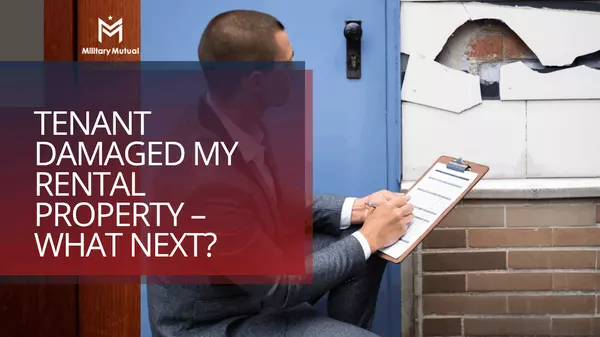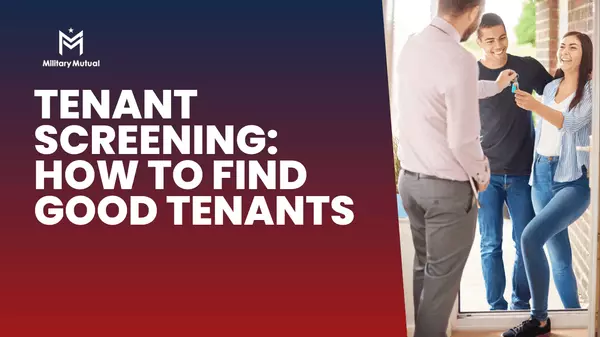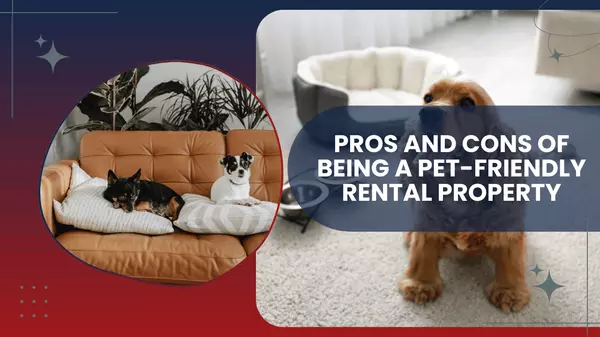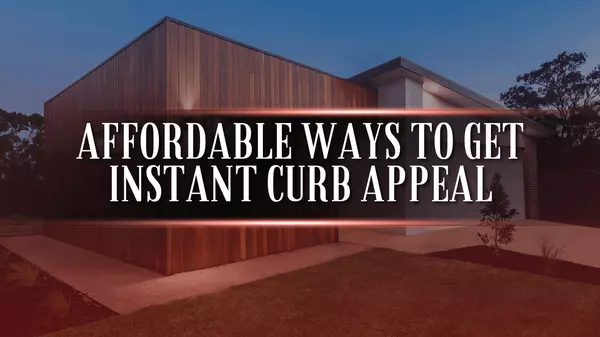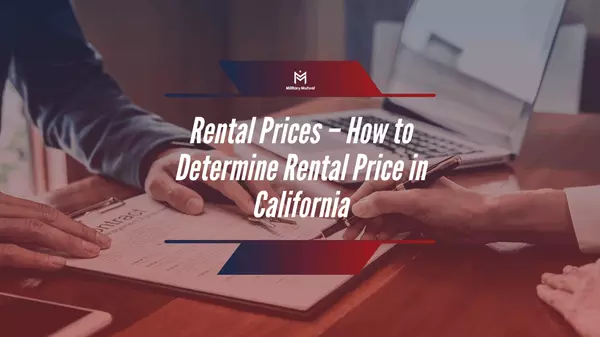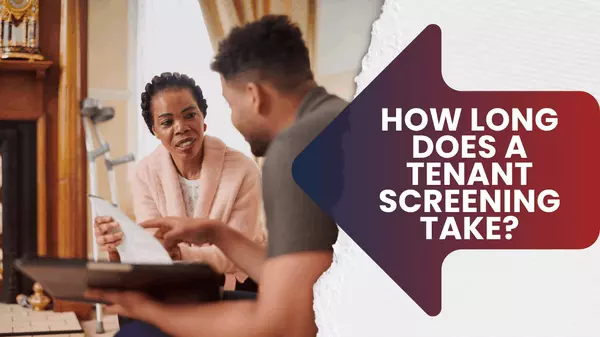Green Living Trends: How Eco-Friendly Homes Are Reshaping the Future of Real Estate
In 2025, the real estate landscape is undergoing a significant transformation, with eco-friendly homes at the forefront. Driven by environmental concerns, economic incentives, and evolving buyer preferences, sustainable housing is not just a trend but a fundamental shift in how we conceive, build, and inhabit our living spaces.
🌿 The Evolution of Sustainable Housing
The concept of sustainable housing has evolved over the decades. Initially, it focused on energy efficiency and reducing utility costs. Today, it encompasses a holistic approach that includes renewable energy integration, sustainable materials, water conservation, and indoor environmental quality.
Modern eco-friendly homes often feature:
-
Renewable Energy Systems: Solar panels and home microgrids allow homeowners to generate and manage their own energy, reducing reliance on traditional power grids.
-
Sustainable Materials: The use of low embodied energy materials like hempcrete and timber is becoming more prevalent, promoting healthier indoor environments.
-
Biophilic Design: Incorporating natural elements such as green roofs and indoor plants to enhance mental well-being and connect occupants with nature.
🏘️ Market Demand and Buyer Preferences
Consumer demand is a significant driver of the shift towards sustainable housing. Homebuyers are increasingly seeking properties that align with their environmental values and offer long-term cost savings.
Key factors influencing buyer decisions include:
-
Energy Efficiency: Homes equipped with energy-efficient appliances and smart home systems are highly sought after for their potential to reduce utility bills and environmental impact.
-
Health and Wellness: Properties that promote healthier living environments through better air quality and natural lighting are gaining popularity.
-
Resale Value: Eco-friendly homes often command higher resale values due to their sustainable features and lower operating costs.
🏗️ Impact on Real Estate Development
The rise of sustainable housing is influencing real estate development practices:
-
Regulatory Compliance: Governments are implementing stricter building codes and incentives to encourage sustainable construction, pushing developers to adopt green building practices.
-
Innovation in Construction: Developers are exploring new construction methods and materials to meet sustainability goals, such as prefabricated components and modular designs.
-
Community Planning: There is a growing emphasis on creating communities that support sustainable lifestyles, including access to public transportation, green spaces, and communal resources.
🔮 The Future Outlook
As we look ahead, the integration of sustainability in real estate is expected to deepen:
-
Net-Zero Homes: The goal of achieving net-zero energy consumption is becoming more attainable with advancements in technology and design.
-
Smart Home Integration: The use of AI and smart systems to monitor and optimize energy usage will become standard in eco-friendly homes.
-
Sustainable Urban Development: Cities are planning for sustainable growth by incorporating eco-friendly infrastructure and promoting green building practices.
Conclusion
The shift towards eco-friendly homes is reshaping the future of real estate. By embracing sustainable practices, the industry is responding to environmental challenges, meeting consumer demands, and paving the way for a healthier, more sustainable future.
For more insights into sustainable real estate trends and how they can benefit you, visit MilitaryMutual.org.


